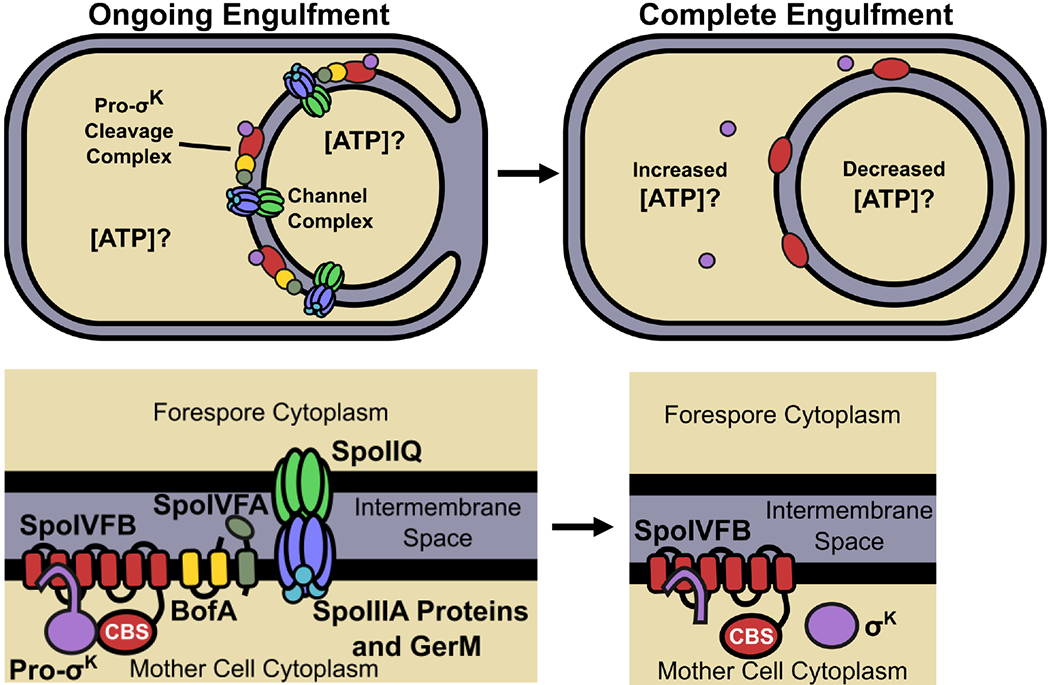Fig. 1. Model for how channels may impact ATP concentrations and Pro-σK cleavage.

The top left panel illustrates ongoing engulfment, during which the MC membrane migrates around the FS and active channel complexes form (Blaylock et al., 2004, Camp & Losick, 2008, Meisner et al., 2008, Camp & Losick, 2009, Doan et al., 2009). A possible function of the channels is to maintain a similar ATP concentration in the two compartments. Inactive Pro-σK cleavage complexes are associated with channel complexes (Doan et al., 2005, Jiang et al., 2005). The bottom left panel indicates the proteins in each complex. The top right panel illustrates complete engulfment. The FS has been pinched off within the MC. Channel complexes are inactive or absent (the latter is depicted) (Meisner et al., 2008, Doan et al., 2009, Chiba et al., 2007). The lack of channel function may cause the MC ATP concentration to increase. Gene expression in the FS may cause the ATP concentration to decrease. SpoIVB and CtpB produced under σG control in the FS (not shown) are secreted into the intermembrane space and cleave SpoIVFA and BofA (depicted as absent), relieving inhibition of SpoIVFB (Cutting et al., 1991a, Wakeley et al., 2000, Zhou & Kroos, 2005, Campo & Rudner, 2006, Campo & Rudner, 2007, Cutting et al., 1990, Cutting et al., 1991b, Ricca et al., 1992, Rudner & Losick, 2002, Zhou & Kroos, 2004). The CBS domain of SpoIVFB (bottom right) may sense the elevated ATP concentration in the MC (Zhou et al., 2009), so that Pro-σK is cleaved and σK is released into the MC.
